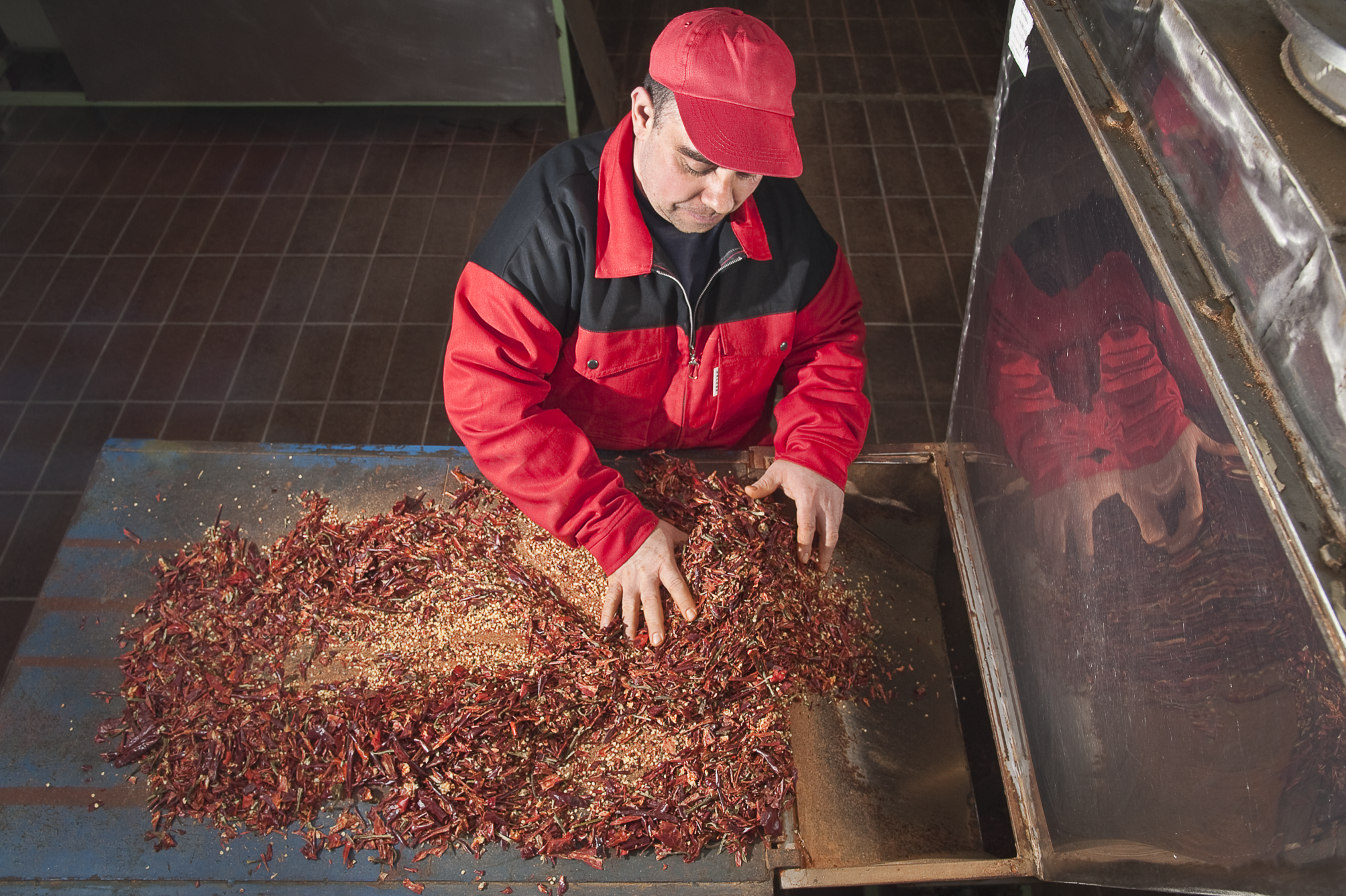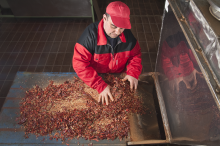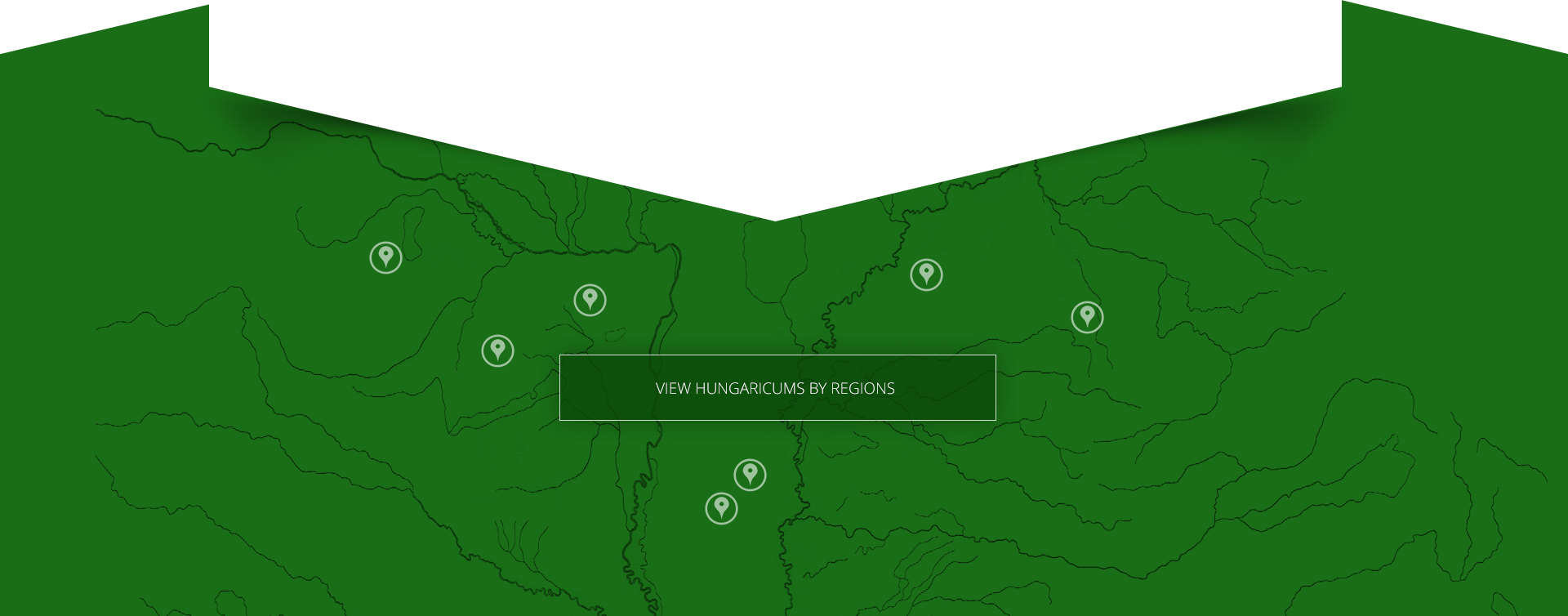Ground paprika from Szeged

Short description:
Paprika was brought to the Carpathian Basin by the Turks in the 16th-17th centuries. It has been grown since the beginning of the 19th century, by which time it was well-known as a tasty herb in meat dishes, with a benevolent effect on digestion and certain rheumatic diseases with fever. It is likely that paprika was first grown by the Franciscan monks of Szeged-Alsóváros around the city, and then it spread to the hamlets in the neighbourhood. The surrounding area of Szeged and the valley of the river Tisza are especially suitable for growing paprika because ofthe large number of sunny hours, the soil and the growing experience and experimental mood of Szeged’s inhabitants all made a contribution to the success of paprika, forming its colour, taste and aroma. By the end of the 19th century paprika, in broken, crushed, ground and in its complete form, became the leading commercial goods of Szeged. Until the 1940s the Hungarian paprika was hot. In order to produce the sweet and semi-sweet ground products, the hot parts had to be removed from the raw material. This process is known as paprika splitting: the core of the paprika was cut out, the capsicum was cut open, turned out and the veins were scraped out by hand. Between the two World Wars, more than ten thousand people were engaged in splitting paprika, 20 paprika mills operated, each at least with 15-20 employees. At least ten thousand farmer grew paprika and a lot of traders were working on selling Szeged paprika on long distance markets. There was no other industry in Szeged that employed as many people as the paprika industry.
Tags: szeged, paprika, őrölt, hungarikum





